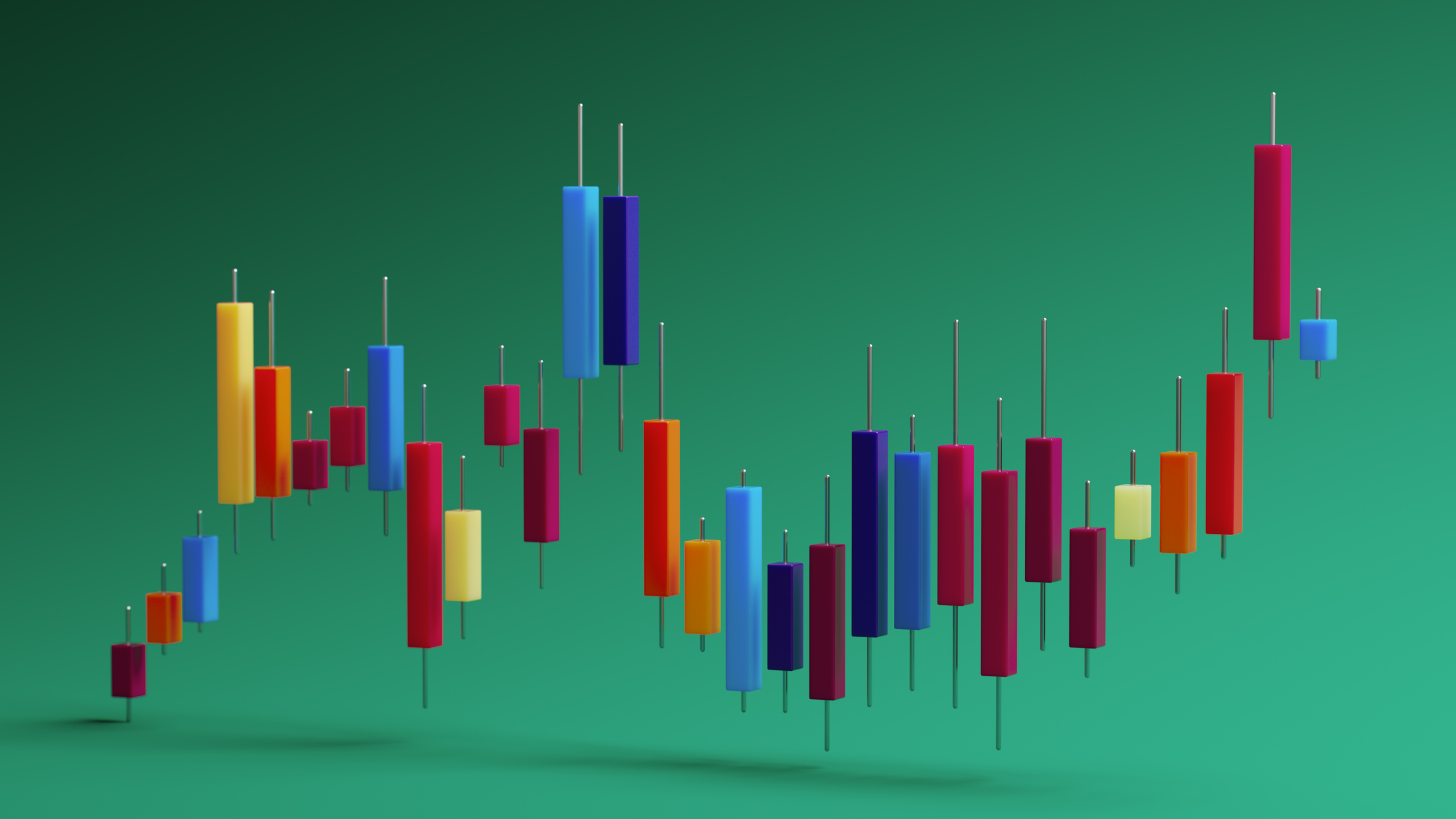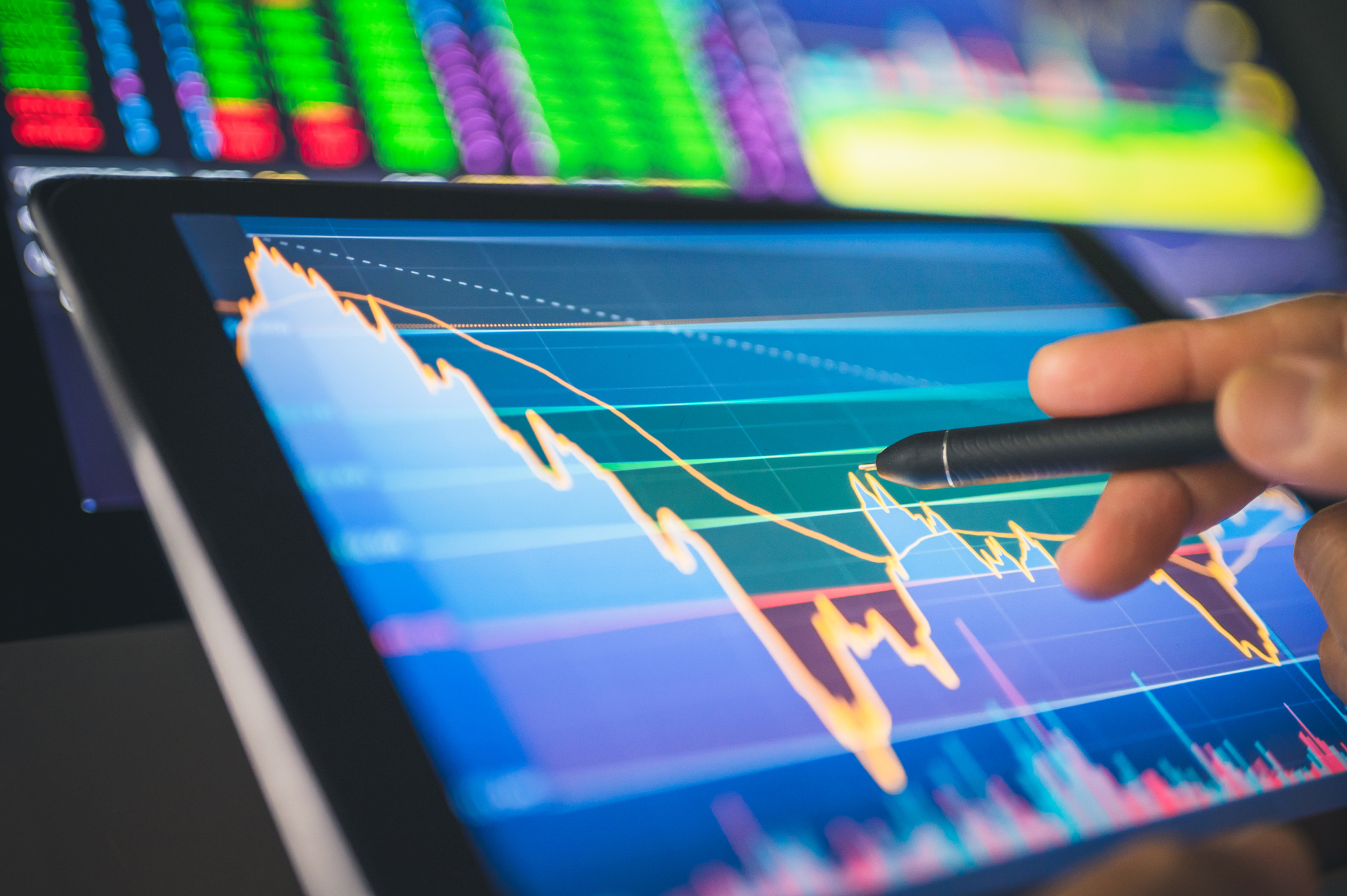6 Key Stock Market Indicators to Watch
Keep an eye on these benchmarks to gauge where the market is headed next.

INDICATOR: The S&P 500-stock index moving average
WHAT IT IS: The average of daily closing prices of the S&P 500 over a period of time.
WHY IT MATTERS: Many analysts draw the dividing line between bear and bull markets by looking at the moving average. If the S&P 500 is trading above its moving average, the thinking goes, it’s a bull market—time to invest. If it moves below the average, it’s a bear market.
WHAT IT SAYS NOW: In early November, the S&P 500 traded just below its 200-day moving average. But it’s worth noting that in late October, after one of its best months ever, the index managed to move above its 200-day average for a few days.
From just $107.88 $24.99 for Kiplinger Personal Finance
Become a smarter, better informed investor. Subscribe from just $107.88 $24.99, plus get up to 4 Special Issues

Sign up for Kiplinger’s Free Newsletters
Profit and prosper with the best of expert advice on investing, taxes, retirement, personal finance and more - straight to your e-mail.
Profit and prosper with the best of expert advice - straight to your e-mail.
THE TAKE-AWAY: We’re not out of the woods yet.
INDICATOR: Consumer confidence index
WHAT IT IS: A monthly gauge of how consumers feel about the economy and their personal finances.
WHY IT MATTERS: Consumer spending accounts for 70% of the country’s gross domestic product. When consumers are worried about the future, they spend less. When they’re optimistic about the future, they spend more. A rise in spending could help revive the economy and lift the stock market.
WHAT IT SAYS NOW: In early November, the index plunged to 39.8, the lowest level since March 2009 (when the last bear market bottomed). But consumer spending rose in September, following modest gains in July and August, according to Commerce Department data.
THE TAKE-AWAY: Consumers are wary, but possibly gaining confidence.
INDICATOR: Jobless claims
WHAT IT IS: The number of initial claims for unemployment benefits nationwide, reported weekly by the U.S. Department of Labor.
WHY IT MATTERS: Basically, the higher the number, the weaker the economy. When claims decline it’s an early indication that the pace of layoffs is slowing, which is a good sign that executives are becoming more confident.
WHAT IT SAYS NOW: Unemployment is stuck at 9% and is expected to remain there for much of 2012. But the number of jobless claims has been coming down—albeit in a jagged line. Nearly 400,000 people filed for unemployment in late October, an improvement over a year ago, when it was about 450,000.
THE TAKE-AWAY: It’s a far cry from 312,000—the average number of claims in 2006, when times were good.
INDICATOR: The U.S. dollar
WHAT IT IS: The dollar is the world’s premier currency, and its strength or weakness has an impact on our economy and the stock market.
WHY IT MATTERS: In recent years when the dollar has strengthened—as measured against a basket of other key currencies, including the yen, the euro and the British pound—the U.S. stock market has dropped. And when the dollar has been weak, the S&P 500 has risen.
WHAT IT SAYS NOW: Despite the long-term trend of a weaker dollar, the currency strengthened in late August and climbed through September—just as the U.S. stock market plunged. But in October and early November, the dollar weakened again—and the stock market regained some ground.
THE TAKE-AWAY: The dollar’s recent moves bode well for the market.
INDICATOR: Emerging markets
WHAT IT IS: Stock markets in developing nations.
WHY IT MATTERS: As you can see from the chart above, the stocks of emerging markets and U.S. stocks move roughly in tandem. However, the growth of the consumer class in emerging markets has fueled sales for many U.S. companies, so strength in the stock markets of countries such as Brazil, China and India bodes well for the stocks of companies in developed markets.
WHAT IT SAYS NOW: Emerging markets have been a sea of red ink for the past year. But in October, the MSCI Emerging Markets index rallied 13.3%, which coincided with a 10.9% gain in the S&P 500. China, the world’s growth engine, recovered 15.2% in October.
THE TAKE-AWAY: It’s too soon to say whether this rally will persist, but the recent action in emerging markets is a good sign for U.S. stocks.
INDICATOR: The price-earnings ratio of the S&P 500 over time
WHAT IT IS: The price of the index divided by the sum of the operating earnings per share of the companies in the index.
WHY IT MATTERS: Earnings relative to the price of the S&P 500 offer a look at how investors view the prospects for corporate profits. A falling P/E could mean investors are losing confidence in the earnings outlook and the overall economy; a rising P/E means they’re bullish.
WHAT IT SAYS NOW: The S&P’s P/E is now 13, well below the 20-year average of 19 (based on estimated 2012 earnings, the P/E is 12).
THE TAKE-AWAY: The ratio is in a historically low range, driven by investor fear and uncertainty. If analysts trim their earnings estimates—as they have of late—the market’s P/E will rise. But investors may lose confidence, prompting them to sell stocks and causing the P/E to fall.
Profit and prosper with the best of Kiplinger's advice on investing, taxes, retirement, personal finance and much more. Delivered daily. Enter your email in the box and click Sign Me Up.

Nellie joined Kiplinger in August 2011 after a seven-year stint in Hong Kong. There, she worked for the Wall Street Journal Asia, where as lifestyle editor, she launched and edited Scene Asia, an online guide to food, wine, entertainment and the arts in Asia. Prior to that, she was an editor at Weekend Journal, the Friday lifestyle section of the Wall Street Journal Asia. Kiplinger isn't Nellie's first foray into personal finance: She has also worked at SmartMoney (rising from fact-checker to senior writer), and she was a senior editor at Money.
-
 9 Types of Insurance You Don't Need
9 Types of Insurance You Don't NeedFinancial Planning If you're paying for these types of insurance, you may be wasting your money. Here's what you need to know.
-
 Are You Putting Yourself Last? The Cost Could Be Your Retirement
Are You Putting Yourself Last? The Cost Could Be Your RetirementIf you're part of the sandwich generation, it's critical that you don't let the needs of your aging parents come at the expense of your future.
-
 Time to Prepare for Disasters Like They Could Happen to You
Time to Prepare for Disasters Like They Could Happen to YouYou can no longer have the mindset that "that won't happen here." Because it absolutely could. As we head into 2026, consider making a disaster plan.
-
 Cooler Inflation Supports a Relief Rally: Stock Market Today
Cooler Inflation Supports a Relief Rally: Stock Market TodayInvestors, traders and speculators welcome much-better-than-hoped-for core CPI data on top of optimism-renewing AI earnings.
-
 Nasdaq Sinks 418 Points as Tech Chills: Stock Market Today
Nasdaq Sinks 418 Points as Tech Chills: Stock Market TodayInvestors, traders and speculators are growing cooler to the AI revolution as winter approaches.
-
 Stocks Chop as the Unemployment Rate Jumps: Stock Market Today
Stocks Chop as the Unemployment Rate Jumps: Stock Market TodayNovember job growth was stronger than expected, but sharp losses in October and a rising unemployment rate are worrying market participants.
-
 Stocks Struggle Ahead of November Jobs Report: Stock Market Today
Stocks Struggle Ahead of November Jobs Report: Stock Market TodayOracle and Broadcom continued to fall, while market participants looked ahead to Tuesday's jobs report.
-
 AI Stocks Lead Nasdaq's 398-Point Nosedive: Stock Market Today
AI Stocks Lead Nasdaq's 398-Point Nosedive: Stock Market TodayThe major stock market indexes do not yet reflect the bullish tendencies of sector rotation and broadening participation.
-
 Dow Adds 646 Points, Hits New Highs: Stock Market Today
Dow Adds 646 Points, Hits New Highs: Stock Market TodayIt was "boom" for the Dow but "bust" for the Nasdaq following a December Fed meeting that was less hawkish than expected.
-
 Dow Rises 497 Points on December Rate Cut: Stock Market Today
Dow Rises 497 Points on December Rate Cut: Stock Market TodayThe basic questions for market participants and policymakers remain the same after a widely expected Fed rate cut.
-
 JPMorgan's Drop Drags on the Dow: Stock Market Today
JPMorgan's Drop Drags on the Dow: Stock Market TodaySmall-cap stocks outperformed Tuesday on expectations that the Fed will cut interest rates on Wednesday.